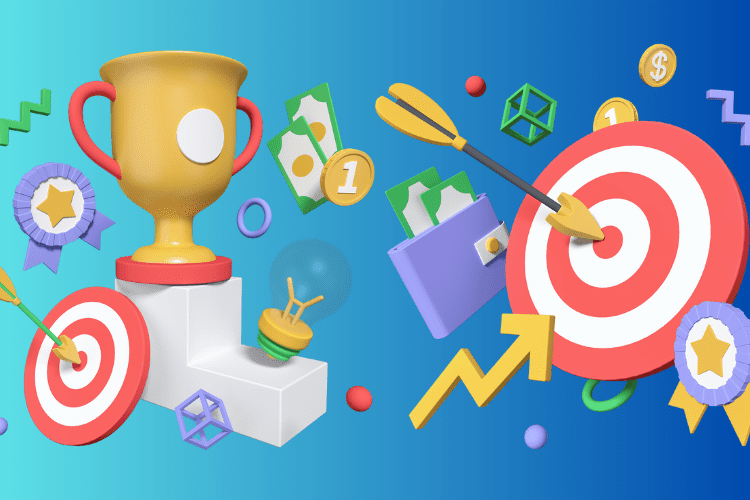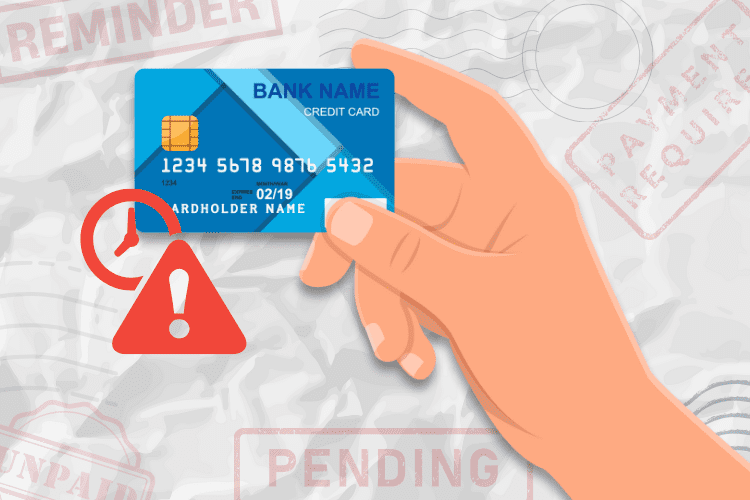Unlock Achievements: Gamify Your Financial Goals Through Tech and DIY Strategies

Do you feel a sense of achievement when you reach your 10,000 steps, and it is vividly displayed on your Fitbit? The fact that you set a goal through your app and achieved it through incentives and rewards is a great feeling. Meeting small, daily goals through apps and similar devices brings us pleasure and motivates us to achieve them. These “gamification” platforms, from healthy habits to financial wellness, can be extremely beneficial toward our personal goals.
Financial wellness is now among the many sought-after achievements for which gamification platforms are now being modeled. The idea is that people are more likely to reach their personal financial goals through small, incremental steps motivated by rewards. Would you be interested in “gamifying” your finances if you could – either through technology or DIY?
What is Gamification?
Gamification is the application of game design and mechanics through challenges, competitions, and rewards that engage people while prompting them to solve problems. This process involves employing a points system, leaderboards, or badges and setting personal financial goals. Individuals can track their progress along the way, and hitting milestones could unlock rewards like cash incentives, points, and badges.
Tactics gamification uses to help you meet your financial goals
- Challenge yourself: If you’re not competitive but thrive off being productive, set goals and set out to meet those goals.
- Compete against other people: If you are competitive, compete against others, like family and friends, and defeat them all.
- Work toward cash rewards: If you love receiving extra cash, do what you must to not miss an opportunity to earn a reward.
- Build virtual worlds: If you love playing games and are creative, build your virtual world by making smart financial moves.
Apps to Gamify Your Financial Education
Money Quest – An innovative and interactive web and mobile video game to help youth build a strong foundation in personal finance. It features challenges and real-world scenarios to help them manage their money effectively.
SavingsQuest – Earn badges and complete challenges when you meet your saving goals.
Fortune City (Android) – Allow cartoon-like avatars to perform various actions based on your real spending habits. Build a city based on your financial moves and how you spend your money.
Goalsetter – Parents, pay your kids’ allowances based on how they respond to trivia questions about finances.
DIY Financial Gamification
Not everyone is driven by technology, which means they may not be driven to use apps to help with achieving their financial goals. The good thing about turning financial goals into a game is that it doesn’t have to come from your phone. You can create your own financial gamification – manually. Here are some other ways to turn your financial goals into a game without having to fall on technology.
1. Compete with your friends
Do you have family, friends, or acquaintances trying to reach goals similar to yours? Get them together and see if they’d be up for a friendly competition. Maybe it’s saving for a vacation, paying off a student loan, or paying the down payment on their home. Whatever the wager, see if they’d be interested in making a game of it. Compete to see who can accomplish the goal first or make the most progress toward the goal in a certain period of time.
When you round up the posse, make sure they all know why achieving this goal is so important to them. Everyone won’t have the same reason, but the “why” will keep them in the game. Make it even more competitive by offering the winner something that ties in with the accomplishment. For instance, if you’re all saving for a home, the person who wins the competition is the recipient of a worry-free housewarming courtesy of the other contestants.
2. Set up your own rewards along the way.
It’s not easy accomplishing your financial goals. Oftentimes, we tend to quit before we even get started or somewhere along the way. Sometimes, the whole process can seem a bit worthless and unaccomplishable. But, if you recognize the small accomplishments along the way and reward yourself as you go, you will see the end is near. It’s those small steps throughout the journey that need to be celebrated. So celebrate your small wins! For instance, if you’re trying to pay off a $10,000 debt, celebrate for every $1,000 you pay down. When your debt gets down to:
- $9,000 – Treat yourself to a good book or movie
- $8,000 – Treat yourself to dinner
- $7,000 – Treat yourself to a self-care treatment
And so on. The key to doing this is that getting a reward should coincide with progressing toward the ultimate goal. It reinforces that the goal is not out of reach and is accomplishable. Remember, you’re spending additional money in doing this, so remember to budget for these small rewards. Also, remember not to overindulge in your spending for these rewards. Set a realistic and comfortable spending goal for your small rewards and keep to that budget.
3. Start a challenge
Participate in a challenge or start your own. If there’s an area you’ve been struggling with, like overspending in certain areas, challenge yourself to not spend on that thing for a period of time. See if you can go for a week or two without spending time in that area. If you succeed in the challenge, celebrate the win but then start again and extend the period of time just a bit. If you were unsuccessful, start again with a shorter time period. You’ll ultimately want to see how long you’re able to go without spending in that area.
4. Create a more exciting secondary goal
Make the challenge even more exciting by doubling up on your goals. Have a secondary goal (that may not even be related to money) that you are excited about but need to accomplish the first goal before you can actually do it. For example, if you love eating out for lunch but need to walk more, commit to not buying lunch until you walk at least 20 minutes at least three days a week.
The Bottom Line
Reaching your financial goals can be a daunting process tied to sacrifices and personal commitments that are anything but fun. But when you incorporate a gaming or DIY system, achieving your financial goals can be exciting, competitive, and downright fun. It can even yield additional rewards. If you’re having difficulty committing to your financial goals, try gamification and see if it helps you excel.
Read more:










